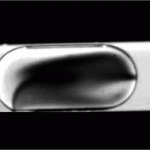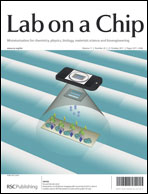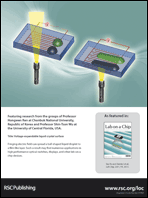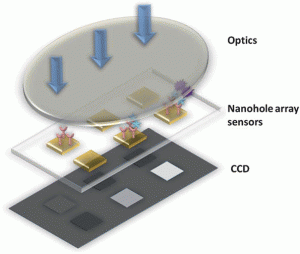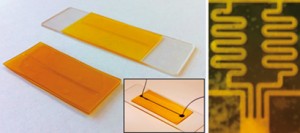 Congratulations are in order for Lab on a Chip author Ali Khademhosseini, who is to receive the prestigious Presidential Early Career Award for Scientists and Engineers it was announced by The White House last month. This is the highest honour bestowed by the US government on science and engineering professionals in the early stages of their independent research careers.
Congratulations are in order for Lab on a Chip author Ali Khademhosseini, who is to receive the prestigious Presidential Early Career Award for Scientists and Engineers it was announced by The White House last month. This is the highest honour bestowed by the US government on science and engineering professionals in the early stages of their independent research careers.
Professor Khademhosseini writes a regular Research Highlights feature for Lab on a Chip, covering exemplary research in recent literature and also received the 2011 Pioneers of Miniaturisation Lecture at the 2011 MicroTAS meeting in Seattle earlier this month. The Pioneers of Miniaturisation Lectureship is awarded by Lab on a Chip and Corning Inc. to early to mid-career scientists for extraordinary or outstanding contributions to the understanding or development of miniaturised systems.
Why not take a look at some recent work in Lab on a Chip from Professor Khademhosseini:
An integrated microfluidic device for two-dimensional combinatorial dilution
Yun-Ho Jang, Matthew J. Hancock, Sang Bok Kim, Šeila Selimović, Woo Young Sim, Hojae Bae and Ali Khademhosseini
Microfabricated polyester conical microwells for cell culture applications
Šeila Selimović, Francesco Piraino, Hojae Bae, Marco Rasponi, Alberto Redaelli and Ali Khademhosseini
A cell-based biosensor for real-time detection of cardiotoxicity using lensfree imaging
Sang Bok Kim, Hojae Bae, Jae Min Cha, Sang Jun Moon, Mehmet R. Dokmeci, Donald M. Cropek and Ali Khademhosseini
We are now accepting nominations for the 2012 Lab on a Chip/Corning Inc. Pioneers of Miniaturisation Lectureship. Nominations should be sent to Harp Minhas, Editor, Lab on a Chip.











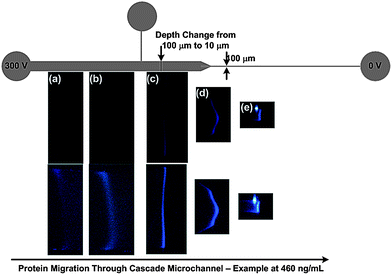
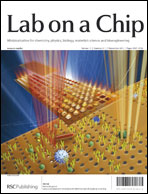 On the
On the 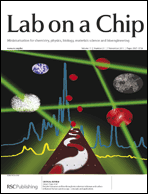 The
The 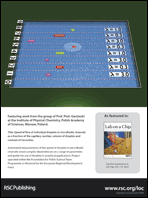 And on the
And on the 

